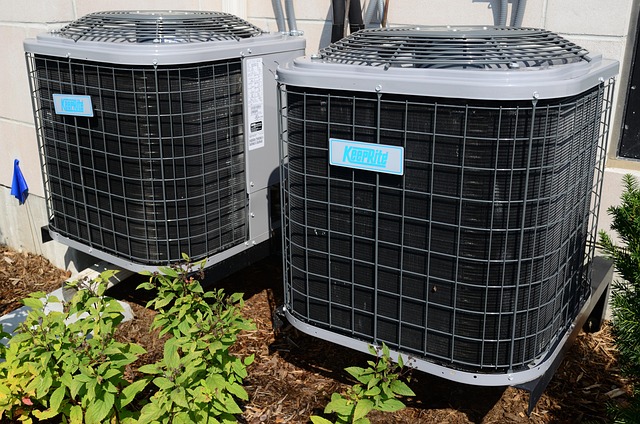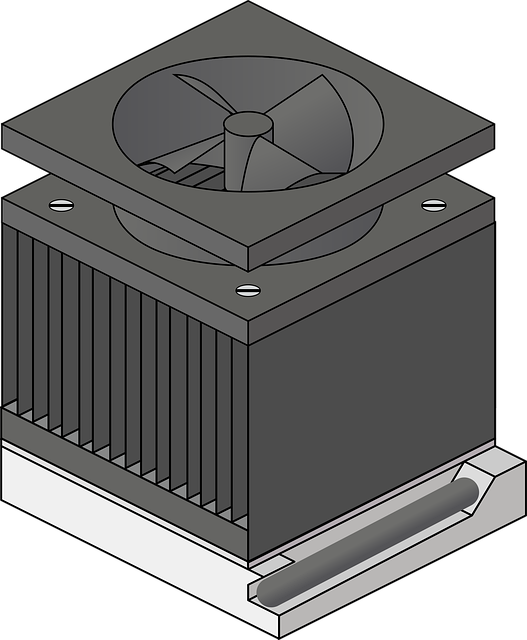Commercial air curtain heaters, ranging from indoor to outdoor models, cater to diverse settings like retail stores and warehouses. Understanding brand variations and utilizing entity disambiguation techniques ensure optimal door heating solutions. Future trends include AI and IoT integration for energy-efficient, automated climate control using heated air curtains.
Entity disambiguation plays a pivotal role in clarifying brand identities within the complex landscape of commercial air curtain heaters. This article delves into the intricacies of this process, examining how businesses can overcome identifying challenges posed by similar-sounding or visually comparable products. We explore common ambiguities, dissect techniques for precise disambiguation, present case studies showcasing successful strategies, and glimpse future trends shaping brand resolution in this dynamic sector.
- Understanding Commercial Air Curtain Heater Brands
- Common Ambiguities in Brand Identification
- Techniques for Entity Disambiguation
- Case Studies: Successful Disambiguation Strategies
- Future Trends in Brand Resolution
Understanding Commercial Air Curtain Heater Brands

Commercial air curtain heaters are specialized systems designed to provide efficient and effective heating solutions for various industrial and commercial settings. These heaters utilize advanced air curtain technology to create a barrier of heated air, preventing cold drafts and maintaining optimal temperatures. This is particularly crucial in environments like warehouses, retail stores, and commercial entrances where temperature regulation and energy efficiency are paramount.
Understanding the nuances of different commercial air curtain heater brands is essential for businesses aiming to optimize their heating systems. Each brand may offer unique features such as customizable heating zones, remote control options, and integrated smart technology. By evaluating these aspects, businesses can select door heating systems that align with their specific needs—whether it’s providing comfortable climates in retail stores or ensuring efficient warehouse entrance heating. This approach leads to enhanced operational efficiency and improved customer experiences through effective commercial entrance heating solutions.
Common Ambiguities in Brand Identification

In the realm of commercial heating solutions, brand ambiguity often arises when discussing specific technologies like air curtain heaters. The term “commercial air curtain heater” is a catch-all phrase that can refer to various door heating systems designed for industrial applications. This ambiguity stems from the diverse nature of these systems, which range from energy-efficient heated air curtains to robust commercial entrance heating solutions. Each solution offers unique benefits tailored to different environments, such as retail stores, warehouses, and factories.
For instance, while some commercial air curtain heaters focus on providing a gentle yet effective warmth for entrance climate control, others are built to withstand harsh conditions in outdoor settings. The challenge lies in distinguishing between these options when assessing the needs of a particular facility. By understanding the nuances of air curtain technology and its various applications, businesses can make informed decisions regarding door heating systems, ultimately selecting solutions that align with their specific requirements for commercial entrance heating and warehouse entrance heating.
Techniques for Entity Disambiguation

Entity disambiguation is a critical process in data management and natural language processing, especially when dealing with commercial air curtain heater brands. This technique aims to resolve ambiguities by identifying and distinguishing between entities that share similar names or characteristics. For instance, when searching for “commercial air curtain heater,” the system must differentiate between various brands offering such products.
Advanced algorithms employ contextual clues, semantic analysis, and machine learning models to disambiguate entities. These methods consider not only brand names but also product descriptions, features, and customer reviews. By leveraging air curtain technology, door heating systems, and energy-efficient heating solutions, these algorithms can accurately categorize commercial entrance heating options. For warehouse entrance heating or retail store heating applications, effective entity disambiguation ensures that the right products are recommended based on specific requirements, such as industrial air barriers and heated air curtains, thereby enhancing overall entrance climate control.
Case Studies: Successful Disambiguation Strategies

In the realm of commercial HVAC (Heating, Ventilation, and Air Conditioning) management, entity disambiguation plays a pivotal role in addressing brand ambiguities surrounding commercial air curtain heaters. These devices, designed to provide air curtain technology for commercial entrance heating, often face challenges due to various factors like product diversity and marketing confusion. Case studies illustrate successful strategies that have revolutionized the way these systems are identified and deployed.
One prominent approach involves leveraging data analytics and machine learning algorithms to analyze patterns in customer queries, product specifications, and industry trends. By understanding the context in which door heating systems are sought, disambiguation models can accurately categorize different types of heated air curtains and industrial air barriers. For instance, a retail store looking for solutions to maintain a comfortable environment for customers may be directed towards energy-efficient commercial door heaters suited for warehouse entrance heating, while an industrial facility focusing on minimizing energy consumption would be guided towards advanced systems designed for specific applications. This strategy ensures that the right entrance climate control measures are implemented, enhancing overall efficiency and customer satisfaction across diverse retail store heating scenarios.
Future Trends in Brand Resolution

As technology advances, the landscape of commercial heating solutions is evolving rapidly. Future trends in brand resolution for commercial air curtain heaters will likely focus on enhanced intelligence and connectivity. These heaters are expected to become smarter, leveraging artificial intelligence (AI) to automatically adjust settings based on real-time data like occupancy, weather conditions, and energy costs. This not only improves energy efficiency but also ensures optimal comfort levels for both employees and customers in various commercial spaces such as retail stores, warehouses, and industrial facilities.
The integration of air curtain technology with IoT (Internet of Things) will enable seamless control and monitoring from remote locations, further enhancing operational efficiency. Door heating systems that utilize heated air curtains are expected to gain popularity due to their versatility, allowing for precise climate control at entrances, reducing energy wastage, and providing a comfortable indoor environment. This shift towards energy-efficient heating solutions will not only benefit businesses by lowering operational costs but also contribute to sustainability goals by minimizing the carbon footprint of commercial spaces.
Entity disambiguation plays a pivotal role in clarifying brand identities within the complex landscape of commercial air curtain heaters. By employing techniques like semantic analysis, machine learning, and context-based approaches, businesses can effectively resolve ambiguities, enhance customer experience, and ensure accurate marketing strategies. As the market evolves, continuous innovation in disambiguation methods will be crucial to keep pace with emerging brands and consumer preferences, ultimately fostering a more transparent and efficient commercial air curtain heater industry.






